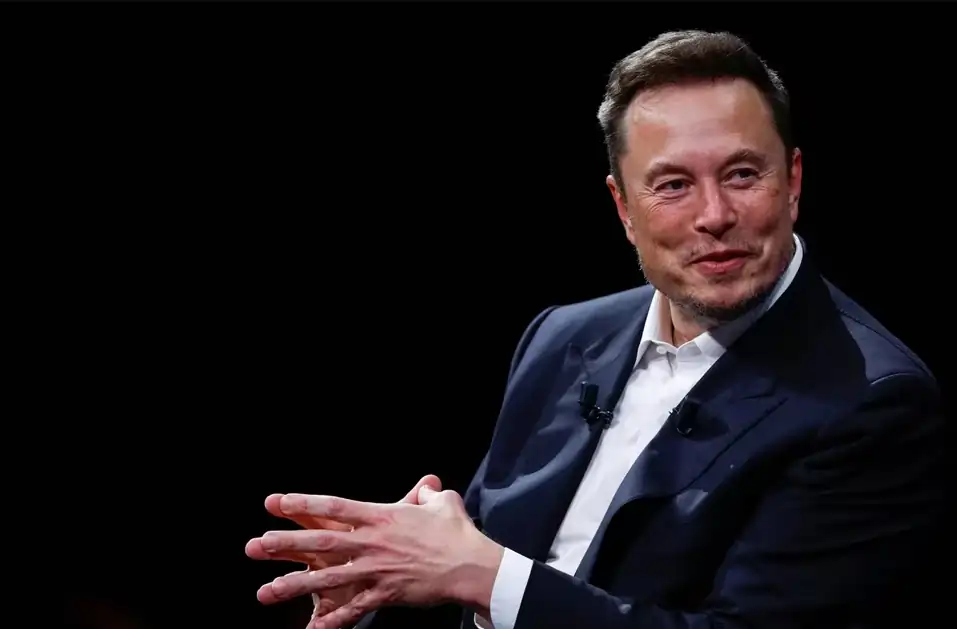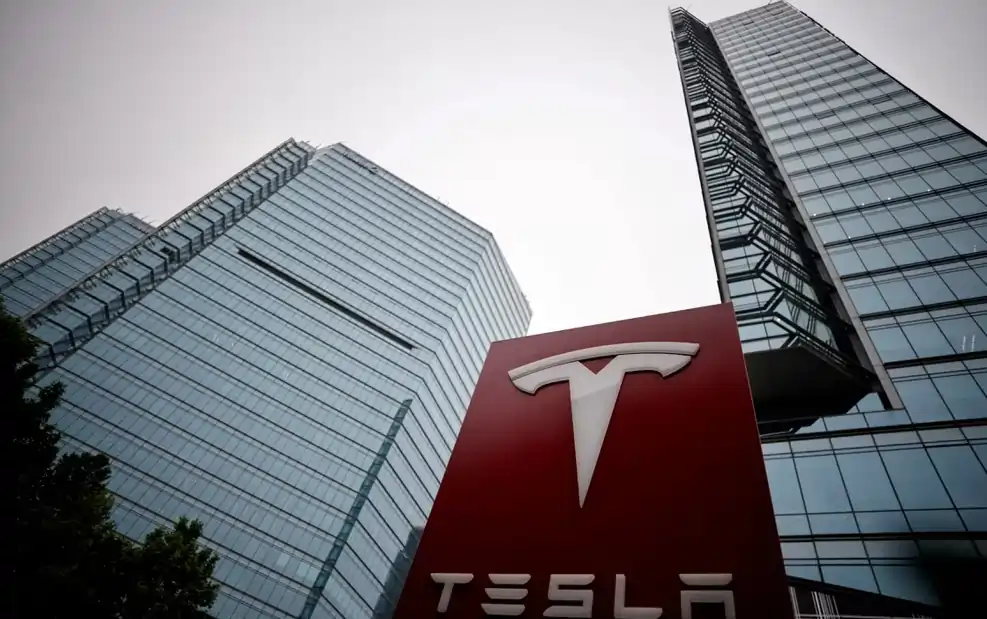- Tesla’s 20th anniversary and its success
- Secrets behind Tesla’s sales records
- Tesla’s manufacturing system and efficiency
- How Tesla’s services and subscriptions work
- Unique selling approach of Tesla cars

The first Tesla was called Roadster, it was based on the Lotus Elise, although Elon Musk claims that only 5% of the parts were from the British car.
Tesla’s secrets: Elon Musk’s revolutionary electric car brand celebrated its 20th anniversary and is going for much more.
After two decades since it began operating, the automaker has set new sales records despite skeptics who question its production and marketing methods. The numbers show its success and set the stage for further growth.
When Tesla was born 20 years ago, Elon Musk probably had in his plans to be part of a great transformation in the automotive world, but he hardly imagined that they would be the leading motivators of the change. It all formally began on July 1, 2003, in the Fremont factory in California, although the first car was presented in 2006 and only went on sale in 2008.
It was the Tesla Roadster, a vehicle that was not completely original Tesla, as it was based on a Lotus Elise, although with a fiberglass body and more than 90% of the parts were manufactured by Tesla. But since the big investment was put into developing the electric powertrain, most of the effort was going into the technology, and for that reason, the English sports car platform was the best way to go at the time.
“It was a mistake to try to use the Elise. In the end, only 5% of the Elise parts were used. The Tesla Roadster is a different car,” Musk himself acknowledged years later, after in 2012, after finalizing the agreement with Lotus to use its chassis, he decided to finish the first generation of the Roadster.
There was born the Model S, Tesla’s first integral car, a sedan that is still today considered the most sophisticated of the brand in its Plaid version, and since then followed the Model X, the Model 3 and finally the successful Model Y, the SUV that today scandalizes the industry with its amazing sales numbers, which put it for the first time at the top of sales among all cars, including internal combustion cars, in September 2022 in Europe, and which confirmed those figures by being the best-selling car in the world in the first quarter of 2023.
What is Tesla’s secret?
It is not just one, and that makes it even stronger in the global mobility ecosystem. In principle, thanks to being the pioneer in battery-powered mobility, it is immediately synonymous with electric cars everywhere in the world. “Tesla is the first name most people anywhere in the world mention when asked about an electric car, just as Ferrari is when asked about a sports car or Rolls-Royce when referring to luxury cars,” agree industry analysts.
The second point is in myth-building. Tesla is “the bad guy in the movie” who challenges the status quo of the car world. According to Akshay Anand, executive analyst at Kelley Blue Book, “It’s more than a company launching a product. More than any other automaker, Tesla has succeeded in that, in being more than a car company,” going on to say that the brand is comparable to Apple and Google, companies that make consumers believe they are buying something more than a stand-alone product.
Tesla’s third major advantage is its manufacturing system, which has always focused on greater efficiency as the “ultimate” goal. The construction of a car takes fewer parts, because a lot of capital was invested in large presses that build much larger parts for the bodies, thus avoiding many intermediate steps in an assembly line, which implies more welding, more robots and more weight. The reduction is also reflected in costs.
The fourth element is in the way services are offered. Tesla sells the car on one side and almost all equipment and technology packages separately. Its star, despite the safety questions that continue to arise constantly, is the driving assists, which had a first system called Autopilot, which later became the current Tesla FSD (Full Self-Driving), and although it is still in Beta phase and categorized as a Level 2+ assistance, it has the characteristics of a Level 3 in its capacity. This way of selling services by subscription allows Tesla to sell its cars at a lower price and in any case increase the final cost when the buyer adds the optional extras.
Also the way the cars are sold is a distinctive asset. Tesla does not have dealerships, it does not sell franchises. It has showrooms and service points, but sells the cars on its own online platform, and if the customer wishes, it delivers the car to the customer’s home. Thus, it significantly reduces the intermediate steps and the costs they entail.
All this has allowed Tesla to lower the prices of its products to make them more attractive, contradicting the idea that many players in the industry had, who pointed out that the success of Musk’s brand was due to the fact that they had been the first and had remained the only ones for a long time, but that with the arrival of more competitors, it would inevitably succumb in a short time.
The price drops began in December 2022, but were taken as a desperate measure by Musk to achieve the sales targets they had set for the last quarter of the year. But then they kept dropping, at least twice more during the first few months of 2023, allowing Tesla to reach that record that rivals find hard to swallow. “If I wanted to I could lower prices until I didn’t make any money on the sale, because our profit is elsewhere,” Musk said in response to some attacks on his price-cutting policy.

Tesla CEO Elon Musk is one of the most controversial figures in the industry, and has imbued the brand with his personal way of pursuing his ideas and projects. REUTERS/Gonzalo Fuentes/File Photo
With the end of June, and therefore of the second quarter of the year, the numbers don’t lie. A total of 466,140 units were delivered worldwide, an increase of 83% compared to the same period of the previous year. But the gap between cars manufactured and cars delivered, which had been 18,000 cars in the first quarter and was 13,560 units at the end of the second quarter, also narrowed.
Tesla does not advertise and its marketing policy is minimal. It takes direct actions such as price reductions, and complements them with others such as providing temporary benefits like offering three months of free fast charging in the U.S. only for those vehicles delivered before June 30. The effect is immediate, the figures cannot be denied.
It now faces two new challenges: making a more economical car, the unofficially known as Tesla Model 2, which should start production next year at the new Gigafactory in Mexico, and keeping up to date with model proposals. The Tesla Model Y dates from 2020, and although its leadership could be taken as a proof of solidity that does not require a more modern replacement, the competition from Chinese brands is there, and cannot be neglected. Elon Musk must be on to something.

